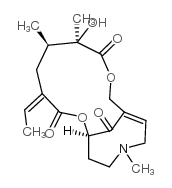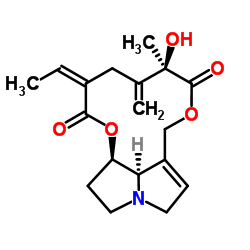| Structure | Name/CAS No. | Articles |
|---|---|---|
 |
Senkirkine
CAS:2318-18-5 |
|
 |
Seneciphylline
CAS:480-81-9 |